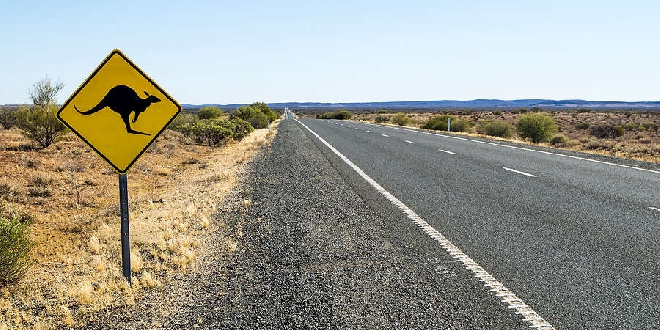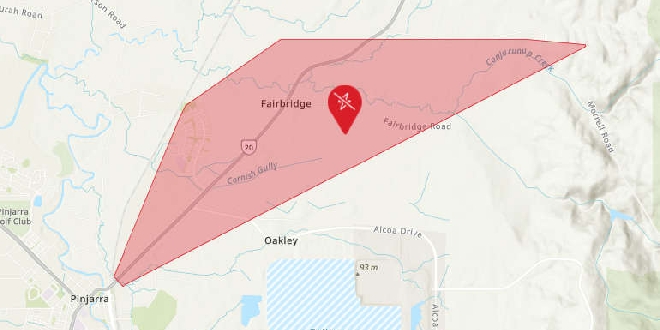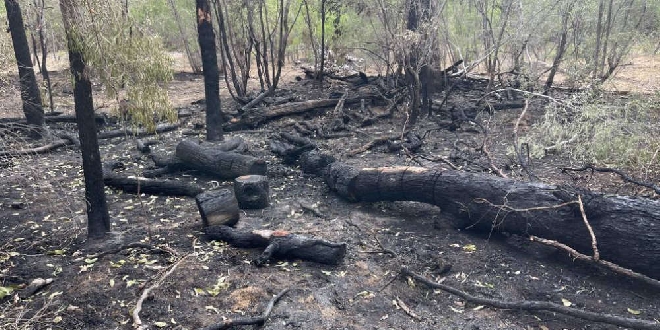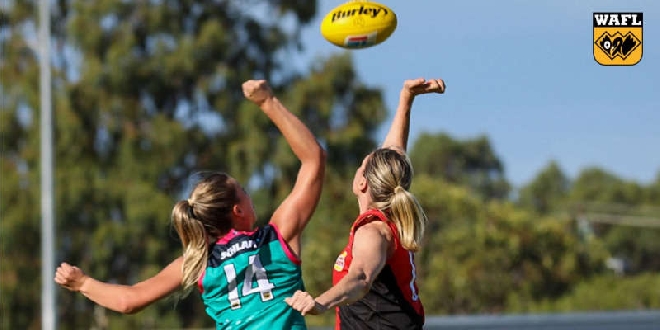
RAC is urging motorists to slow down and keep an eye out for wildlife when travelling on regional roads, after a spike in animal collision claims in April.
During the recent Easter long weekend, RAC received 70 animal collision claims over just four days.
There were 20 claims made on Easter Sunday alone – doubling last year’s daily average.
RAC Claims Manager Glen Walker said it is encouraging so many Western Australians are travelling through our regions, however it can be hazardous for drivers and surrounding wildlife.
“Forty per cent of animal collisions occur during dawn and dusk. These are popular times for wildlife to be feeding on the roadside,” Mr Walker said.
“There are always risks driving regionally, especially in winter conditions where less daylight means more time driving in the dark.
“We recommend drivers stick to daylight hours where possible to reduce the risk. If you need to drive in the dark, reduce your speed, use your high beams, and stay alert.
“If you spot an animal, slow down, do not swerve, and stay in your lane to avoid losing control.”
The most common animal collisions are with kangaroos, emus, dogs, cows, and birds.
“To date in 2022, kangaroos have accounted for nearly 90 per cent of our animal collision claims,” Mr Walker said.
“We encourage drivers to stay focussed and keep an eye out for kangaroo and wildlife street signs. If you see a kangaroo, proceed with caution as they rarely travel alone.”
If you have been involved in a collision and are worried about the injured animal, please call the Wildcare Helpline on 9474 9055.
RAC’s tips to avoid an animal collision:
• If you spot an animal, break gently, and do not swerve
• Keep a look out for other animals if you see a lone animal or roadkill
• Pay attention to yellow wildlife warning signs
• Plan for most of your driving during the daylight
• Use your high beams in rural areas if you need to travel at night and it is safe to do so
• Look out for reflecting eyes from animals ahead



 Stolen Ford Mustang linked to southern suburbs incidents
Stolen Ford Mustang linked to southern suburbs incidents
 Baldivis: Truck fire forces closure of Kwinana Freeway
Baldivis: Truck fire forces closure of Kwinana Freeway
 Concerns for missing Baldivis girl
Concerns for missing Baldivis girl
 MARC leisure pool, pirate playground to close for several weeks due to maintenance works
MARC leisure pool, pirate playground to close for several weeks due to maintenance works
 Petition launched to change new Eastern Foreshore playground due to safety concerns
Petition launched to change new Eastern Foreshore playground due to safety concerns
 Parts of Pinjarra, Fairbridge without power
Parts of Pinjarra, Fairbridge without power
 Bouvard scrub fire deemed suspicious
Bouvard scrub fire deemed suspicious
 Peel Thunder crush Perth in WAFLW season opener
Peel Thunder crush Perth in WAFLW season opener
 Baldivis man charged after AFP seize haul of cigarettes, vapes, $2.6M cash
Baldivis man charged after AFP seize haul of cigarettes, vapes, $2.6M cash